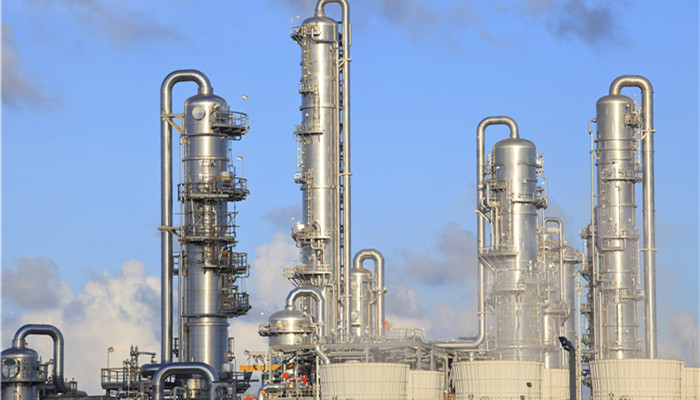
liquid nitrogen market demand continues to grow, and the industry shows a good development trend
liquid nitrogen refers to nitrogen that is liquid at low temperatures. it is a colorless, low-viscosity liquid that is non-flammable, colorless, odorless, and non-corrosive. liquid nitrogen is one of the most important industrial gases in the world. it can be divided into two categories: industrial-grade liquid nitrogen and food-grade liquid nitrogen according to its purity and use.
in the food field, liquid nitrogen can be used to make low-temperature foods such as ice cream and frozen desserts. it can also be used to crush materials with high moisture content at room temperature. it can also be used for frozen transportation and refrigeration preservation of food to maintain the freshness and freshness of food. nutritional value; in the medical field, liquid nitrogen can be used for the treatment of skin diseases and the cryopreservation of human tissues, blood samples, etc.; in the semiconductor field, liquid nitrogen can be used as a cooling medium to ensure the quality and stability of semiconductor products.
from the perspective of the industry as a whole, industrial gases are the basic raw materials of modern industry. as the scale of my country’s electronics, chemical, steel and other industries continues to expand, the application scope of industrial gases continues to expand, and the market size continues to grow. in 2022, the size of my country’s industrial gas market will be approximately 180 billion yuan, a year-on-year increase of approximately 12%.
according to the “2023-2027 liquid nitrogen industry in-depth market research and investment strategy suggestions report” released by the industrial research center, with the my country’s scientific and technological development level continues to improve, the scale of semiconductor, electronic manufacturing, medical research and other industries continues to expand, and the market demand for liquid nitrogen continues to grow. in the early days, my country’s liquid nitrogen industry was blocked by foreign technology and developed relatively slowly. in recent years, as the comprehensive national strength has continued to increase, corporate r&d and production technology have continued to improve, domestic liquid nitrogen production capacity has continued to increase, and the industry has shown a good development trend. in 2022, my country’s liquid nitrogen production capacity will be approximately 19 million tons, a year-on-year increase of approximately 9%.
after a period of development in my country’s liquid nitrogen industry, the number of enterprises has continued to increase, and the industrial chain system has become increasingly perfect. at present, a certain scale of industrial clusters has been formed in the yangtze river delta, pearl river delta, and bohai rim regions. at this stage, domestic liquid nitrogen production companies mainly include hubei heyuan gas co., ltd., shenma industrial co., ltd., sichuan qiaoyuan gas co., ltd., etc.
in the context of the continuous advancement of the digital and information age and the continuous development of emerging industries such as new energy, nanomaterials, and biomaterials, liquid nitrogen is increasingly used in various fields, and the market’s requirements for its quality, purity, etc. continue to increase. in recent years, domestic liquid nitrogen production companies have continuously increased investment in r&d and innovation, continuously improved the upgrading and transformation of gas workshops, air treatment equipment, storage and transportation equipment, and promoted the development of the industry in the direction of intelligence and intensification.
industry analysts said that as national living standards continue to improve and the consumption structure continues to upgrade, the demand for frozen food continues to increase, and as industries such as medical and semiconductor continue to develop, domestic liquid nitrogen market demand will maintain a growth trend. in recent years, many domestic liquid nitrogen projects in tibet and zhejiang have been approved for implementation, and liquid nitrogen production capacity will continue to expand.

 微信扫一扫打赏
微信扫一扫打赏

